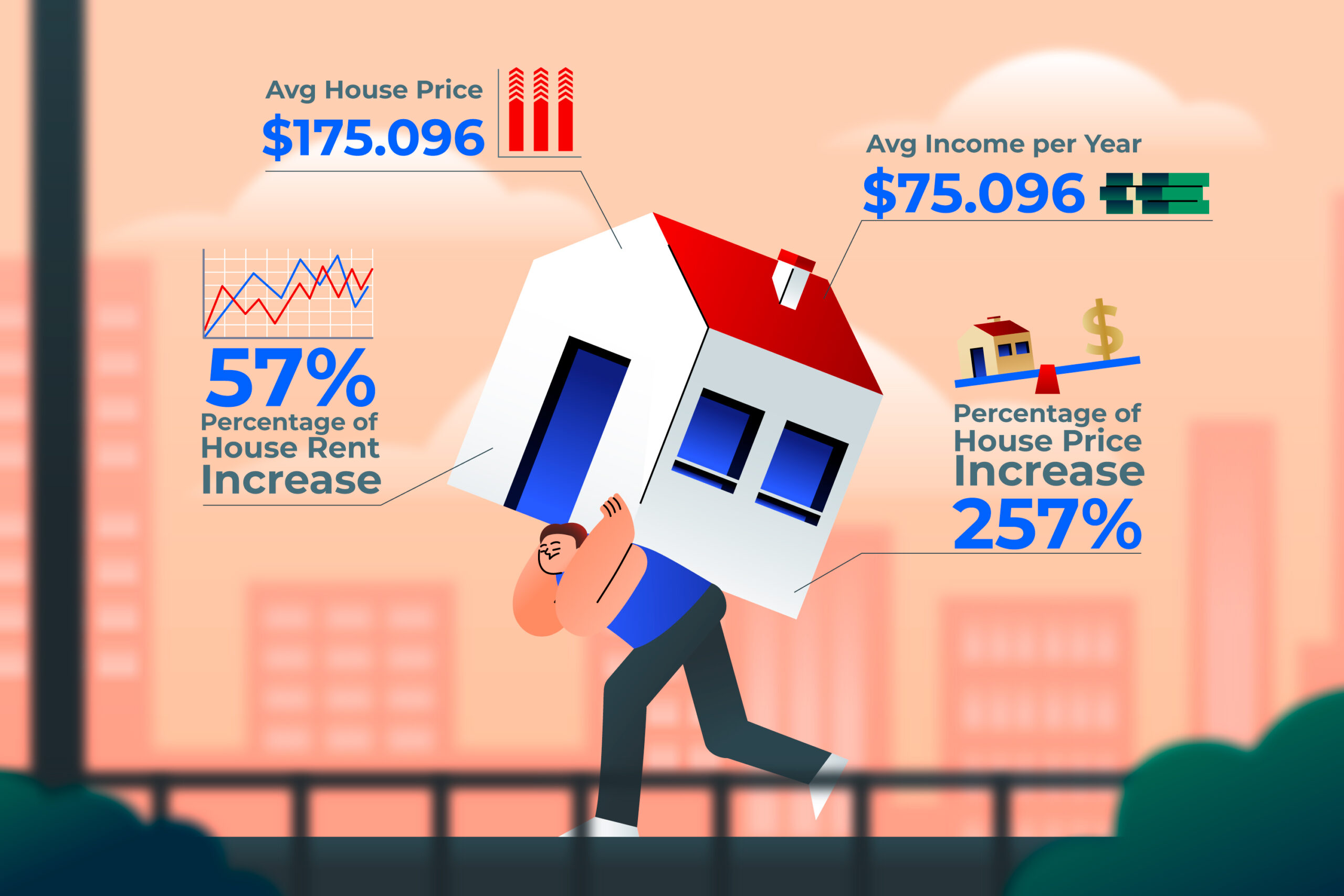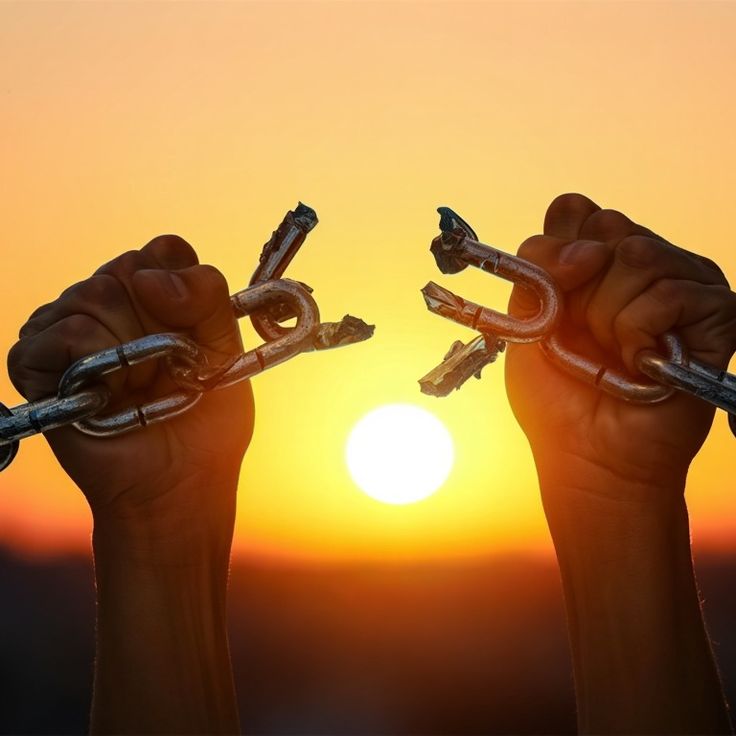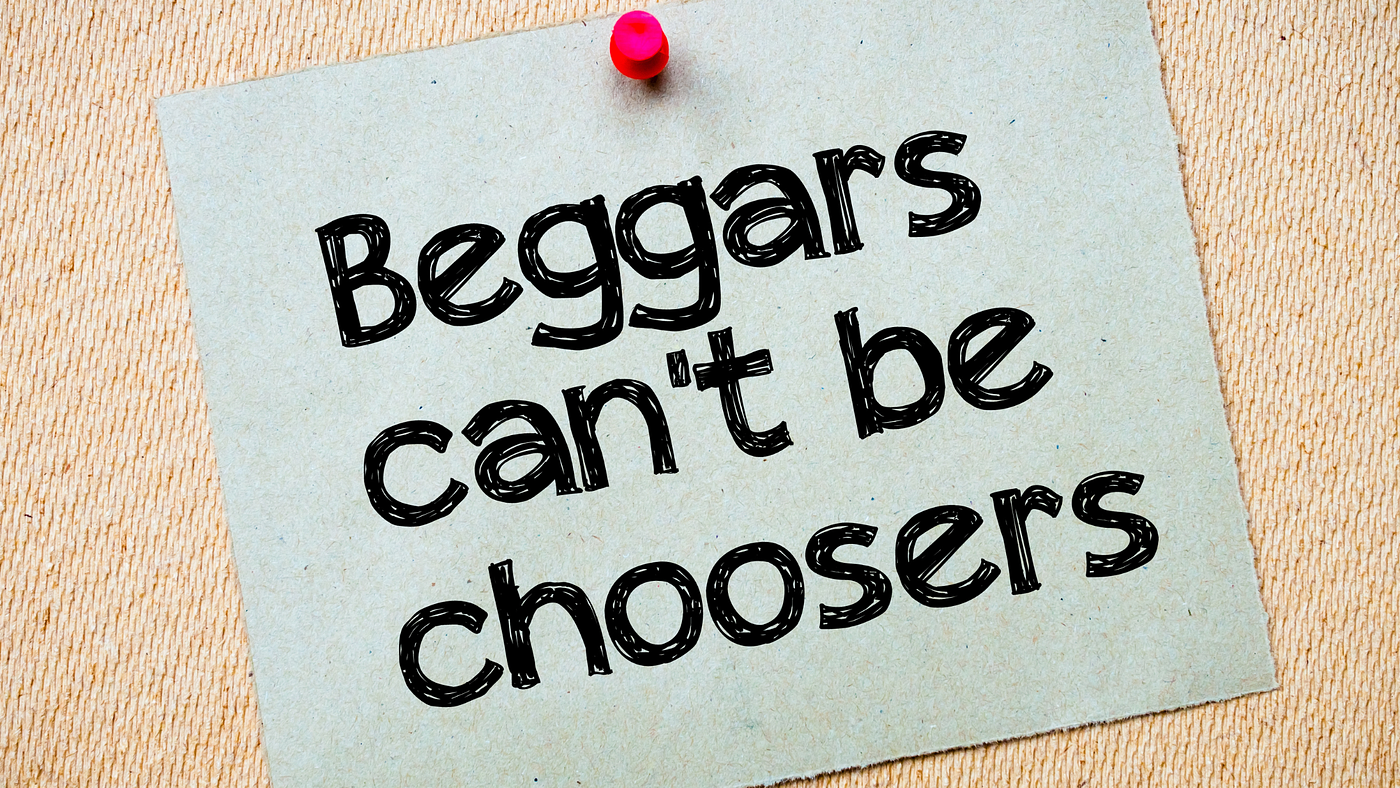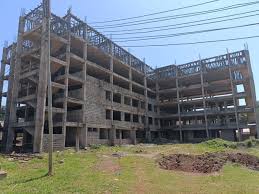By Frankline Barasa
Humans love change. We crave progress. We hope it will make tomorrow better than today, or at least better than yesterday.
But when change finally comes, everything looks different, yet somehow feels the same. Because those who were left out before? They’re still left out now.
The Promise of Affordable Housing
When the Kenyan government unveiled the Affordable Housing Programme, a deep smile formed somewhere in my soul. I felt hope. I thought: This is it, this is how we fix things.But maybe I expected too much from the word “affordable.” Or maybe we all misunderstood. We should’ve asked:
Affordable for who?
The Cost of a Dream
First, the Housing Levy was introduced, a 1.5% deduction from every salaried Kenyan’s income, even for those already struggling to survive. That’s money many couldn’t spare, milked from already dry pockets, to fund a dream they might never touch.
Then came the revelations:
- Allegations of corruption around land procurement and contracts
- Accusations that the program is more about private investment returns than sheltering the poor
- Business elites and political figures linked to companies expected to benefit from the construction pipeline
Of course, these are allegations. And the human brain tends to ignore what feels intangible.
The Math That Doesn’t Add Up
We were told you could own a unit with a deposit as low as 5%, and pay monthly over years.
Let’s do the math:
For a unit worth KSh 1.5 million, the 5% deposit is KSh 75,000. Add moving costs, paperwork, and survival.
Tell me, what kind of mama mboga is sitting on 75K savings?
Even with adjusted payment plans, the truly vulnerable — the jobless youth, widows, orphans, disabled, elderly — remain locked out. They were out before the program began. And they’re still out now.
The Reality Behind the Buzzwords
The government says this is a long-term solution to urban slums and housing shortages. And maybe it is — someday.
They’ve pledged to build 250,000 housing units per year (source: https://www.housingandurban.go.ke/).
But as of 2024, fewer than 40,000 units had been completed and handed over. Most lie in urban zones — Nairobi, Mavoko, and Nakuru — far from the informal settlements or rural areas where need is often greatest.
Yes, some adjustments have been made. New income bands. Simplified application processes. Slightly softer terms.But it still feels like the same story:
Uplift the already capable. Sell hope to the incapable.
The Hope That Lingers
Still… a part of me believes. I believe compassion sits somewhere in the hearts of the shot callers. That somehow, someone hears the cries beneath the campaign chants.
I see progress — slow, patchy, but real.
Maybe the greater path faces greater resistance.
Maybe someday the truly needful will be considered not just politically, but mercifully.
After all, the pie is big enough for all of us to eat.The problem is, some don’t just want to eat — they want to eat big. They want to hoard. They want their dustbins scavenged and their leftovers fought over — just so they can feel charitable. But when it comes to real, needed charity, terms and conditions apply. And they often break the heart.
Maybe It Was Never Meant to Be Perfect
Maybe in this world, someone is always left out in the name of development.
But the itch to see better won’t let me sit comfortably.
I itch to speak.
To say something.
To dream of a world where — at least in the basic things — no one is left out.






